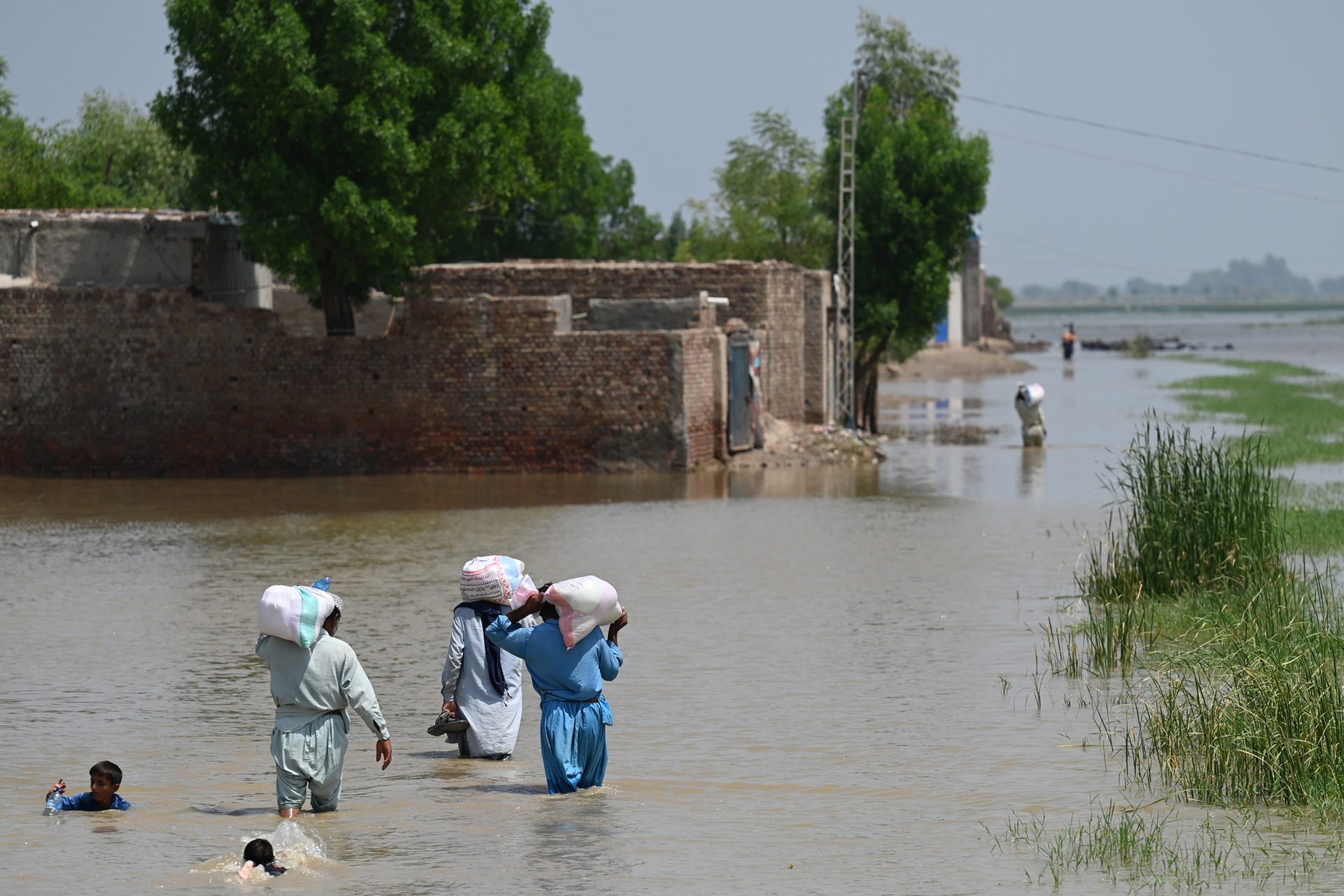Public health achievements over the past 75 years have extended life for people in the Western Pacific region by at least three decades. Yet too many are left behind, and looming threats still challenge decades of health gains, reported the World Health Organization (WHO) on its 75th anniversary.
Among the threats to health security identified by the organization are the “increasing rate of health emergencies, the emergence of new pathogens and the spread of antimicrobial resistance.”
In 2022 alone, WHO responded to 19 such threats in the region, including mpox and human cases of avian flu.
Changing consumption patterns, lifestyles and rapid urbanization have also led to an increase in noncommunicable diseases such as diabetes, cardiovascular diseases, cancer and chronic respiratory diseases.
Almost nine out of 10 deaths in the region today are due to these, the WHO said.
The region also has one of the largest and fastest growing older populations in the world, increasing the demand for primary health care and long-term care.
Aside from these challenges, climate change and environmental hazards such as air pollution, exposure to hazardous chemicals, and lack of water and sanitation “pose serious threats to people’s health.”
The WHO said rising sea levels and extreme weather events associated with climate change can also damage infrastructure and disrupt the delivery of health services, posing additional health and safety risks.
The organization said that in many countries, some groups—such as the poor, ethnic minorities or those in remote areas—still suffer from high rates of infectious diseases such as hepatitis and tuberculosis, “and too many mothers and infants are still lost during pregnancy and birth.”
Vaccine coverage among some groups remains stubbornly low, leading to outbreaks of preventable diseases and needless death and disability,” it said.
“Health is still not for all, when the most vulnerable and hard-to-reach groups are left behind,” read the WHO statement released on April 14.







